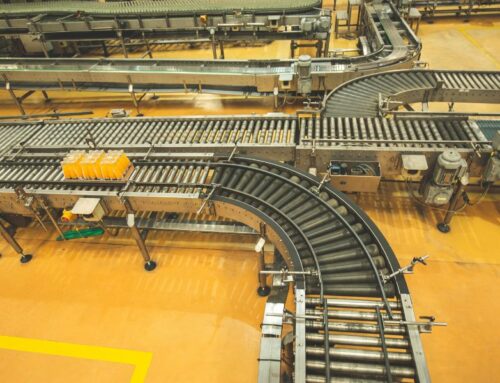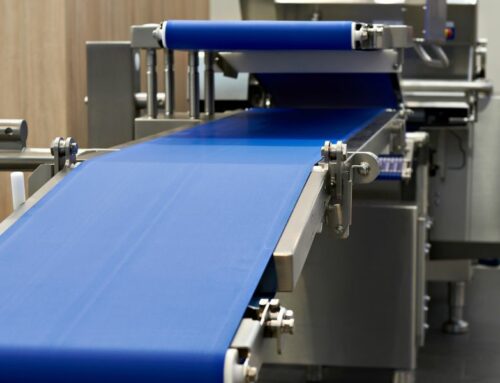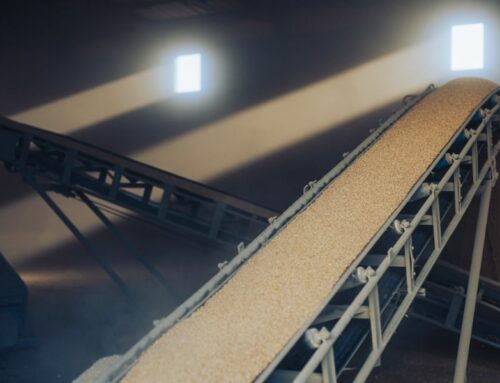Conveyor Belt Cleats
At Redline Systems, we design all conveyor belt systems to serve unique purposes, with the power and durability to tackle the job at hand. When it comes to what type of material the belt is transporting, the conveyor belt cleats play a pivotal role. There are a variety of conveyor belt cleat styles, all intended to serve a specific purpose. Here are a few variables of conveyor belt cleats that can affect the performance of a conveyor belt system:
Spacing and Patterns
Redline Systems makes sure that each conveyor belt system is capable of handling any job. The conveyor belt cleats pattern on the surface of the belt can be more important than anything else in figuring out what kind of material it is moving. There are various kinds of conveyor belt cleats, and each is made for a different purpose
Angle
Angled cleats are especially useful when working with inclined conveyor belts and are better with lighter weight material. The deeper the angle, the more material can be caught and secured on the way up.
Shape
Differently shaped conveyor belt cleats are used to further customize the delivery process. For example, curved cleats are gentler on loads that have the potential to bruise, like certain food products. At Redline Systems, our conveyor belt equipment uses cup shapes as well as chevron V-shaped cleats.
Height
In addition to the total size of the load on the conveyor belt system, cleat height is changed based on the size of the individual products that are being transported, especially up an inclined conveyor belt. You wouldn’t need 12″ conveyor belt cleats to move a supply of small oranges, but you also wouldn’t want cleats so small that the fruit rolls right over the conveyor belt equipment.
Material
Conveyor belt cleats are often constructed of rubber or PVC and can be reinforced with stronger material like steel for projects that are particularly strenuous. Like the conveyor belt systems they are attached to, cleats can also be custom made for resistance to elements like heat or oil.




